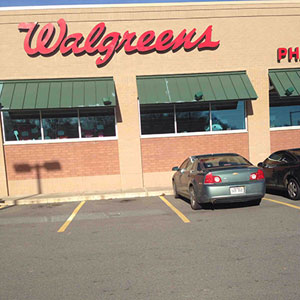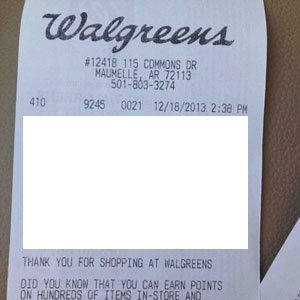One of the things I love most about mobile research is the additional options that are available to validate whether a respondent is actually taking part in the survey or research project that they claim to be. While online surveys are great there is always that nagging question in the back of my mind – “Is this a real person who is taking this survey?” Sample providers continuously deal with “professional survey takers” and generally they do very well at identifying them via various methods such as speeding, straight-lining, and red herring questions. There are additional techniques used such as tracking IP addresses and blocking spiders and bots from automatically going through a survey. These are all acceptable methods to help eliminate the issues caused by fraudulent survey takers, but it still leaves me desiring additional options.
This is where mobile research apps come in. Mobile research apps open the door to new options to validate respondents taking market research surveys. Using the mobile device\’s GPS capabilities, apps can record the latitude and longitude of the device and the person using it. While GPS on mobile devices was originally used for maps and turn-by-turn directions it has expanded to be used in a variety of ways on these devices. For example, using a device\’s GPS, a researcher can target respondents located in a certain area or can determine if that person crosses an invisible parameter around a store or restaurant. This is typically referred to as geo-fencing and geo-targeting. So now, as a researcher, I can validate where the person takes the survey I created or at the very least whether or not that person has been to the requested location. This is great and provides a much more accurate position of where the respondent is physically located than IP tracking.
The other capabilities of mobile research apps is the ability to leverage the device\’s camera and microphone to record audio, video, and take photos. These additional media options not only open additional choices in terms of the media and feedback which can be gathered from a respondent, they allow another way to validate respondents. For example, let\’s say you want to better understand what a shopper thinks of a certain product display while shopping. With a mobile research app you can design a survey which the consumer completes as they are shopping in the desired store and then use multiple features on the phone to actually validate the shopper is participating in the requested activity and location.
First, you can geo-target the exact store or chain of stores at which the research project must be completed. Second, you can have the participant take pictures as they are shopping. These pictures will further validate the participant is in the desired store. If your project requires the participant to actually purchase the product you can request that they take a picture of the receipt showing their purchase. Additional information on this receipt further validates the activity – store name, location, item purchased, and time and date. There is a wealth of information here which can be used to validate participation. None of these options are available with traditional online surveys.
Below are a few pictures from a recent path to purchase mobile project we fielded involving different chains of drug stores. As the saying goes “a picture is worth a thousand words.” When it comes to market research I would argue a picture is worth ten thousand words!


Note the address on the receipt:
12418 115 Commons Dr
Maumelle, AR 72113
Using the mobile app we also captured the following latitude and longitude coordinates:
34.846580, -92.406070.
Now plugging this address and coordinates into Google Maps I see they both show the same location. Then I switch over to Google Street View and there is the Walgreens store (shown below) this survey was completed at. This is powerful and one of the reasons I love mobile research and the additional features mobile apps bring to market research.


